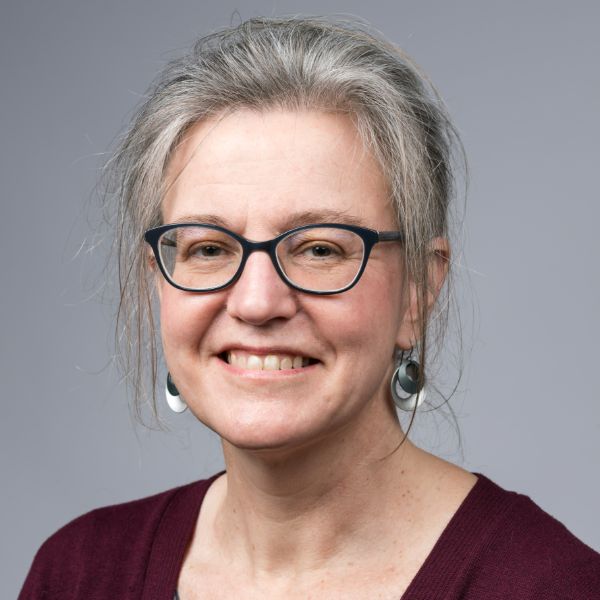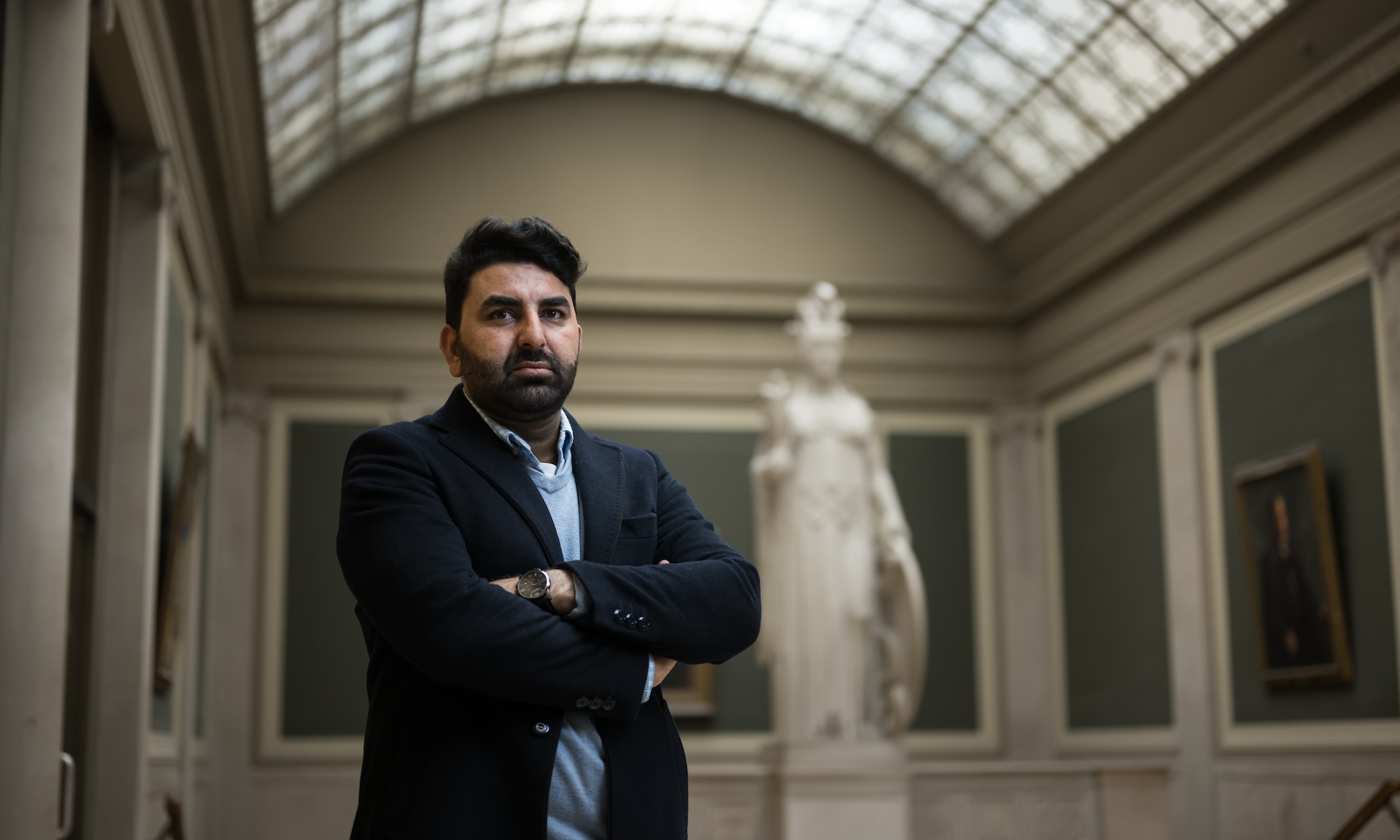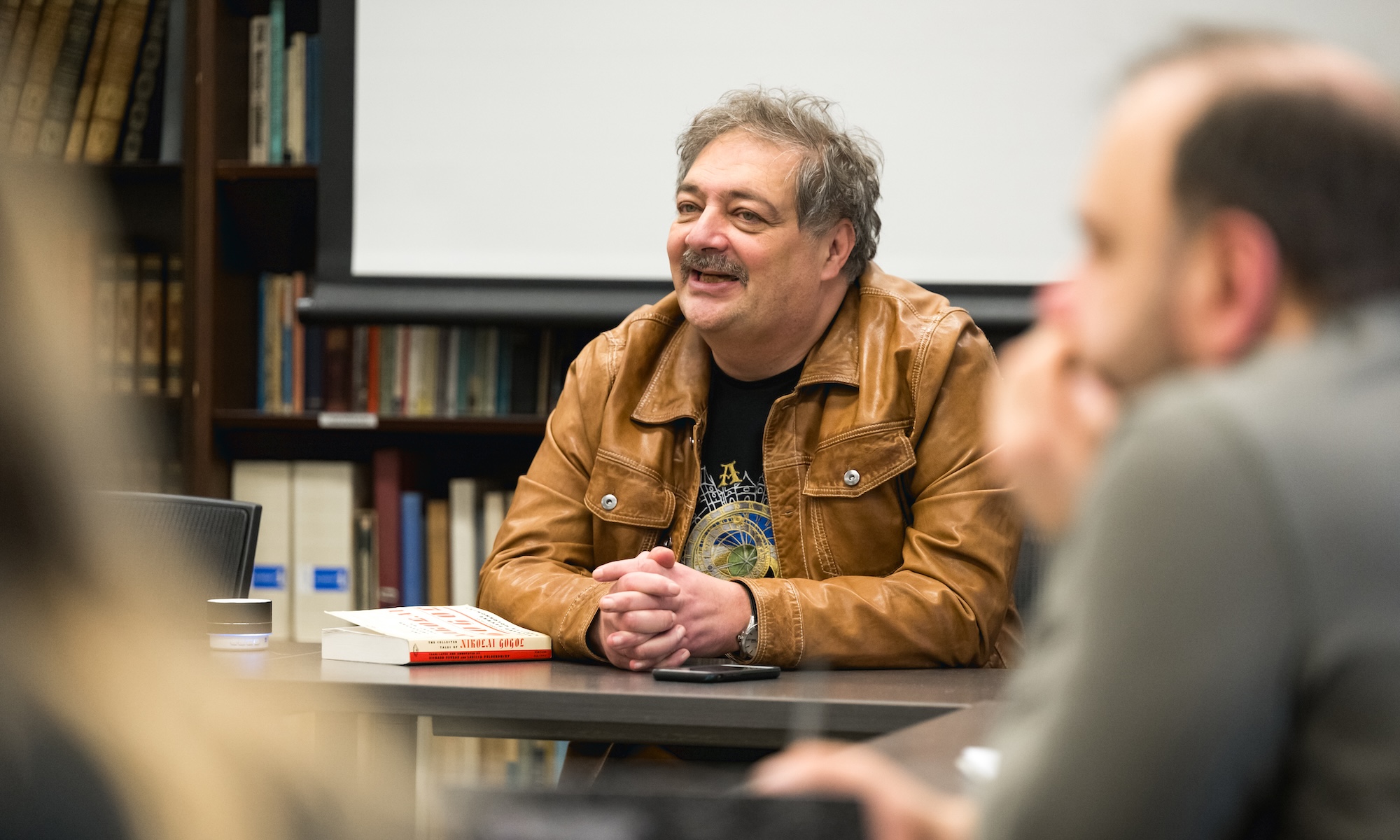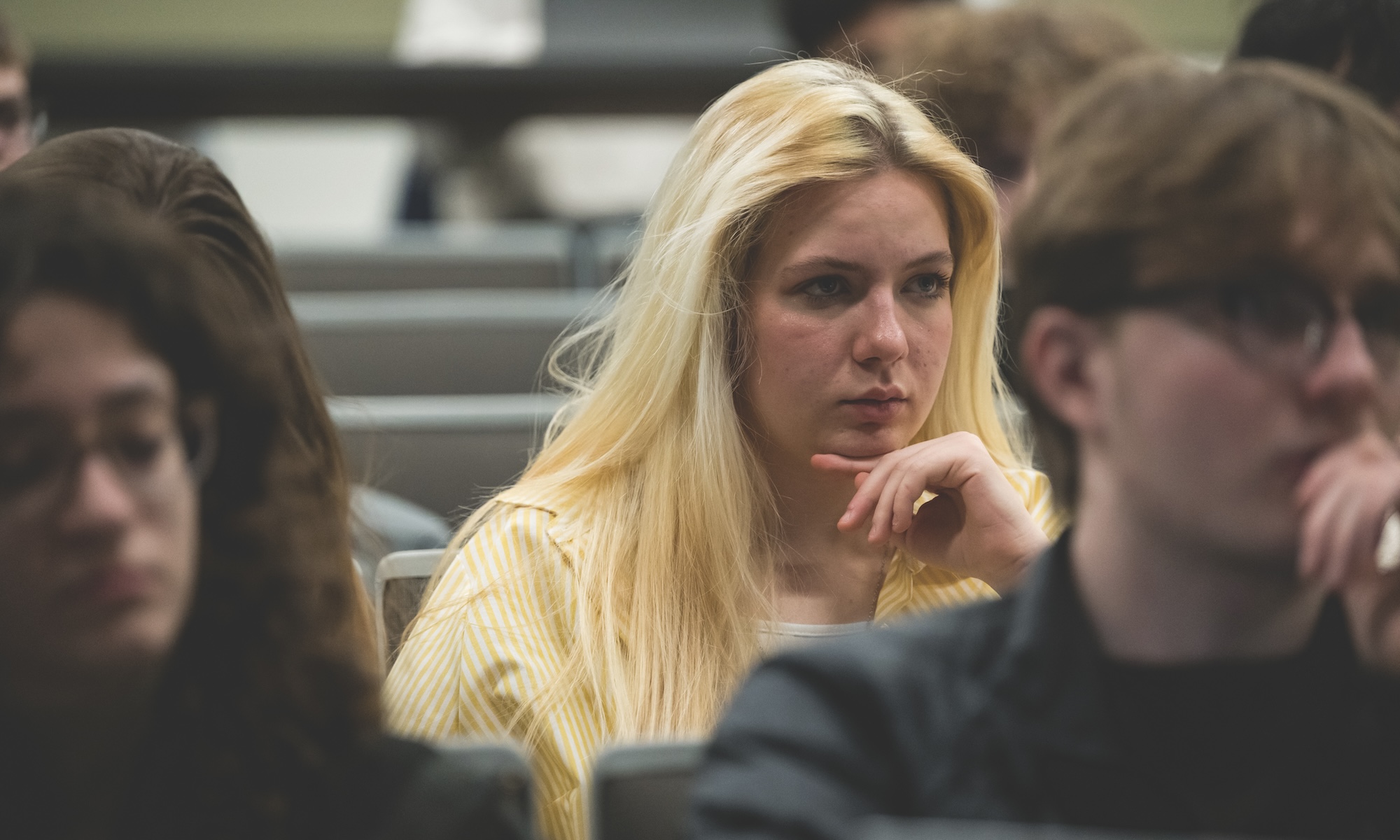Can higher education help mend a fractured world?
The headlines can show the world to be a dangerous place. But imagine looking at the world through the lens of research and educational partnerships between universities around the globe. In the 21st century, it’s not an overstatement to say that national boundaries begin to fade away.
It’s a point that Jane Gatewood, the vice provost for global engagement, likes to underscore. It gets to the heart of what a global university is about—a celebration of global exchange, cooperation, and talent mobility uncoupled from the barriers that borders sometimes pose. And it’s all in the service of education and research that enriches lives and addresses problems that extend far beyond the borders of any one nation or continent.

The University’s Office for Global Engagement, 10 years old this year, launched Rochester into a new chapter in international education. Encompassing the Center for Education Abroad and International Services Office, Global Engagement has, on the one hand, furthered the efforts of staff who had long worked to expand study abroad opportunities and to serve the needs of international students. The results of that work are increased opportunities for study and work abroad and for faculty exchanges and overseas projects. Global Engagement has also helped maintain a diverse population of international students through the COVID-19 pandemic and multiple changes in federal immigration policy.
But the most significant change has been in the emphasis on institutional partnerships. Those, according to Gatewood, are the keys to becoming a truly global university. The office has facilitated groundbreaking research and collaborative partnerships between Rochester and other renowned universities around the world that have driven progress and enhanced educational outcomes. Says Gatewood, summing up the shift: “We’re thinking more about how we build long-term relationships with other institutions around the world.”
Partnerships facilitate student and faculty mobility, but the work to create and maintain them is complicated, arduous, and takes place mostly behind the scenes.
Some of the work starts with faculty initiative and input.
“When you get faculty involved, and you get the schools involved, you can knit the curriculum together so that more students can move between schools, and have a richer, deeper understanding not only of their discipline, but also of the global context of their discipline,” says Gatewood.

Tynelle Stewart, director of the Center for Education Abroad, has seen the fruits of that work, which is vital to her efforts to increase student participation in study, work, and research abroad. It used to be that students in disciplines such as engineering, which adhere to strict accreditation requirements, had few opportunities to study abroad. Now, students across disciplines are participating in educational programs, and not just in their junior year.
“We’re seeing that students are engaging in opportunities for longer periods of time,” Stewart says. “A student might do a semester of courses and then stay and do a research project over the summer and add on an internship. There’s just so much more flexibility in what students can do.”
Some of the most complex work falls to Ravi Shankar, assistant vice provost for international services and support, and his 20-plus staff members in the International Services Office. They serve the University’s entire international population, including students, visiting scholars, international employees, and their dependents. International Services has long provided immigration advising to international students, but a couple of years ago, Shankar began a new initiative, the support and engagement team, which assists international community members with everything from navigating an entirely new culture to filling out tax forms.
Then there’s what he calls the office’s “bread and butter.”

“Our day-to-day work really is processing immigration requests that come in from students and from departments to bring in faculty, staff, and scholars,” he says. “We do a lot of workshops to educate the students and departments about what is required right now to sponsor a visa for students, scholars, physicians or faculty members who are not US citizens or permanent residents.”
The process for moving international students and scholars across borders is complex and chock-full of places where plans can go awry. “If a student or faculty member is trying to come in and they’re denied entry into the United States, we might get called at midnight,” Shankar says. During high-travel seasons—winter and spring breaks, the end of spring semester and the beginning of fall—the work is nonstop, extending to evenings
and weekends.
Gatewood, Stewart, and Shankar all worry that the American immigration system may be placing the United States at a disadvantage in attracting the brightest students from around the globe.
“We’re still the top country for our international students in terms of sheer numbers,” Gatewood says. “But when you look at surveys of where students want to go, and where they’re thinking about going, it’s increasingly Australia, New Zealand, and the UK.” Why? One factor is almost certainly that in those places, unlike in the US, higher education creates a smooth path to immigration.
As Global Engagement marks its first decade, it is also turning attention to scholars and students around the world whose lives and livelihoods are in danger. “There are nearly three dozen active conflicts around the world as we speak,” Gatewood says. “And there are scholars who are affected in even more places than there are active conflicts, because there may be laws that affect their ability to do their research in their home country.”
Scholars and students facing such circumstances can be considerable assets to the University community, but it takes resources to host them. Some of those resources come from the Global Emergency Response Fund, established in 2021, in the aftermath of the US military withdrawal from Afghanistan, with seed funding from Board of Trustees Chair Richard Handler ’83 and the Jefferies Group, the investment company he leads.
Individual programs and schools have secured funding to host scholars as well. The Humanities Center, for example, funded and launched its Scholar in Exile program, with some additional support from the School of Arts & Sciences.
These efforts have brought to Rochester visiting scholars such as Baitullah Hameedi (“Escaping the Taliban”) and Dmitry Bykov (“Satirizing Putin”), and visiting students like Anastasiya Yushchenko (“From the Epicenter of War”). Some, like Hameedi, are seeking asylum. Others, like Bykov and Yushchenko, are longing for the time when they can return home.
Higher learning, Gatewood says, “is fundamentally about providing space to think and learn without barriers.” Around the world, nationalism is on the rise at the very time that society’s biggest challenges are global in scope. The internationalization of higher education is one means of stitching the world together.
Gatewood was inspired toward her career path after she went on a student exchange to the former Soviet Union at the end of the Cold War. “It was billed as an initiative for mutual understanding, people-to-people, as a way to foster peace,” she says.
She and her colleagues remain committed to the same spirit of peace and understanding. Says Gatewood: “Building stone by stone is critical to do, and it’s what the world needs now.”
Global Rochester: At a glance
(Academic year 2022–23)
Student body
[visualizer id=”608492″ class=”]
4,306 international students from 135 countries
International Students
Top 10 countries of origin

China

India
 South Korea
South Korea

Canada

Taiwan

Vietnam

Bangladesh

Brazil

Pakistan

Iran
Visiting students
Top 5 countries of origin

China

Colombia

India

France

Spain
63 visiting students from 25 countries
Education abroad
[visualizer id=”608562″ class=””]
25% of undergraduate students participate in a semester, year, or summer program aboard.
[visualizer id=”608512″ class=”]
32% of study abroad participants study in nations or territories outside the continental US, Europe, or Australia/New Zealand
This story was originally published in the spring 2024 issue of Rochester Review, the magazine of the University of Rochester.





